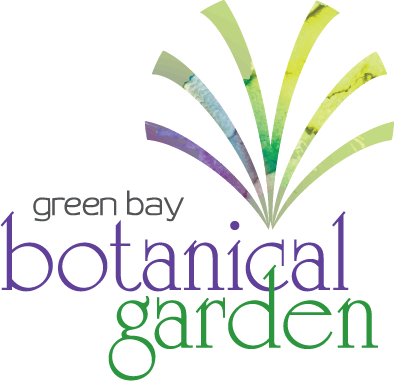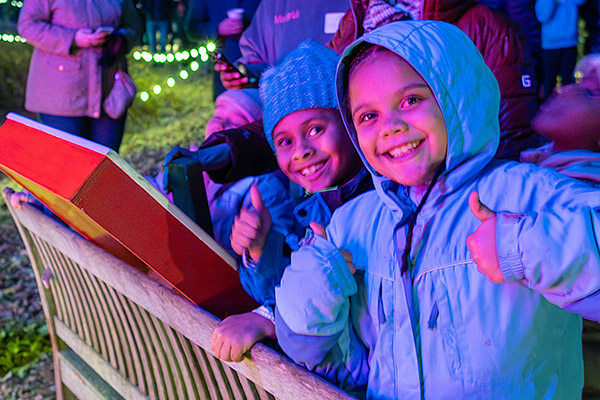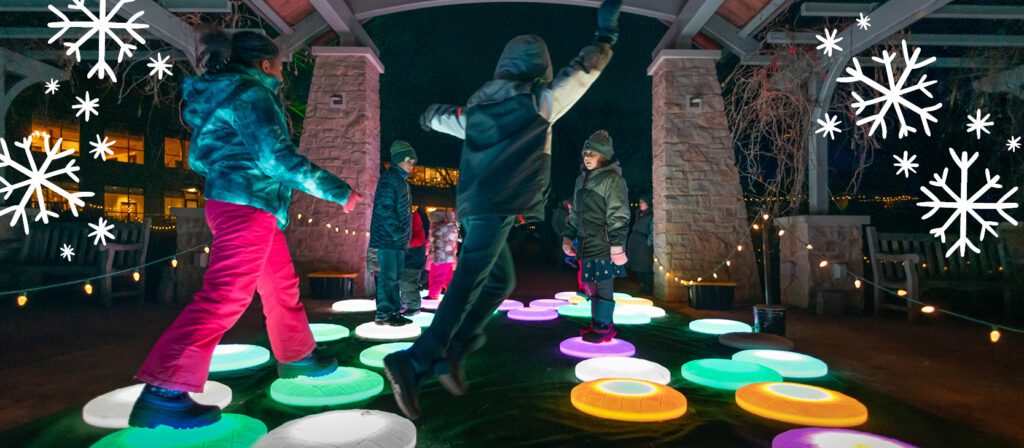In the Green Bay area, our open and outdoor spaces are filled with excitement at the sight of caterpillars stretching out across leaves and butterflies fluttering toward flowers. Their beauty evokes our admiration and their presence gives us hope because of the essential role they have in our ecosystem. Although climate change, habitat loss and pesticide use continue to decrease pollinator populations, creating an area for butterflies to live, grow and pollinate can move this downward trend back up.
A butterfly sanctuary is an environment where butterflies can safely lay their eggs and pollinate, and where caterpillars can also grow, eat and eventually retreat into their chrysalises. To cultivate an area like this in your own space, here are three steps you can take:
Create a pollinator garden.
If you plant nectar-rich flowers, butterflies will definitely take that as an invitation to stop by. Great annual options for butterflies that you’ll re-plant every summer include alyssum, ageratum, gomphrena, heliotrope, lantana, pentas, salvia and zinnia. Valuable perennials that’s come back each year consist of black-eyed Susan, butterfly bush, coneflower and phlox.
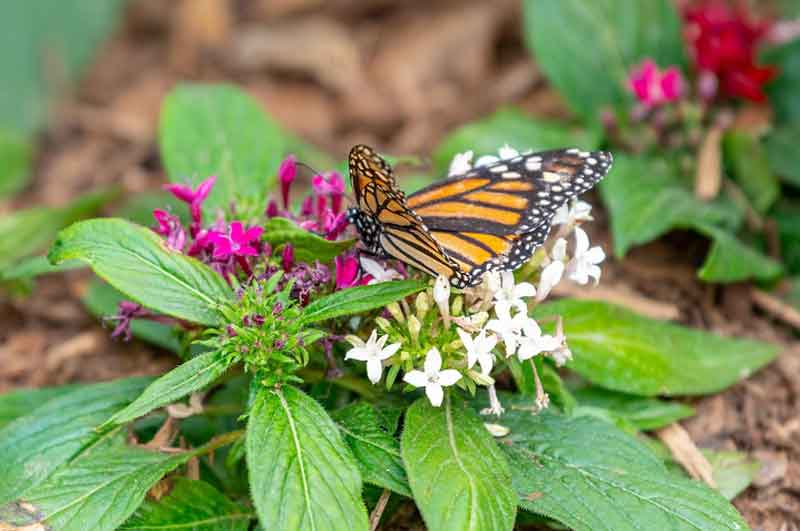

PC: John Oates Photography
Butterflies do not always seek out flowers that smell good to humans, so ultimately, a plant’s amount of nectar determines whether a butterfly chooses it. A popular example of this is the milkweed plant. Even though it’s unappealing to many people, butterflies love it.
Also be sure not to use pesticides on any of the plants in your butterfly sanctuary. Pesticides can be harmful to butterflies and caterpillars.
Want to start your own pollinator paradise? We have several pollinator garden designs included below if you’d like some inspiration.
Include host plants so butterflies can lay eggs and caterpillars can eat.
Each species of butterfly has a specific host plant where it can lay its eggs. Eventually, that same plant serves as a food source for the caterpillars that emerge from those eggs. Below is a table of some native Wisconsin butterflies and their host plants:
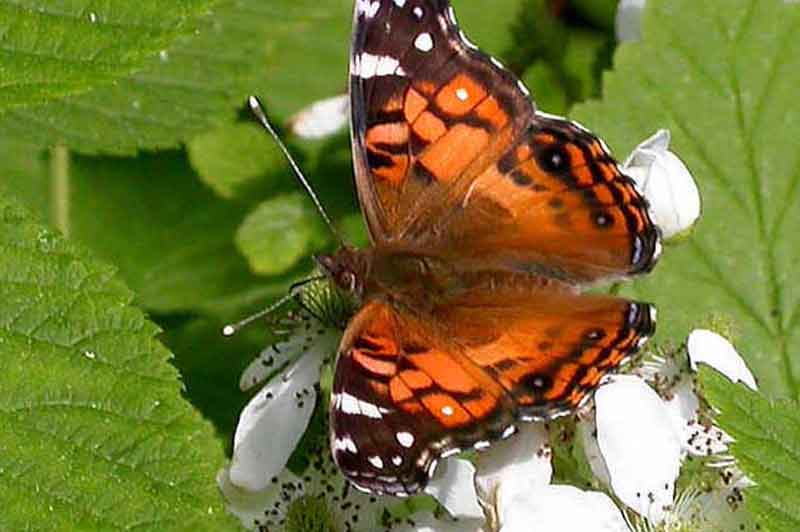

Host plant: Sunflowers and ironweed
PC: Wisconsin Butterflies


Host plant: Golden alexanders
PC: John Oates Photography
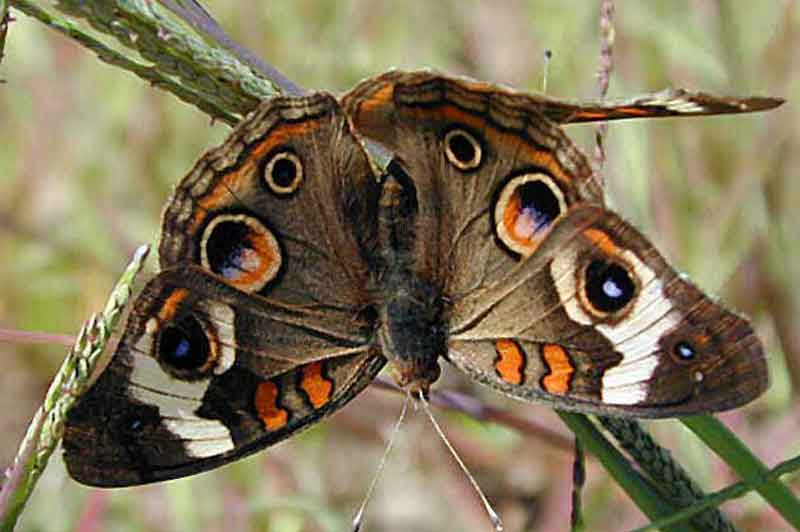

Host plant: Monkeyflowers and blue vervains
PC: Wisconsin Butterflies


Host plant: Milkweed
PC: John Oates Photography
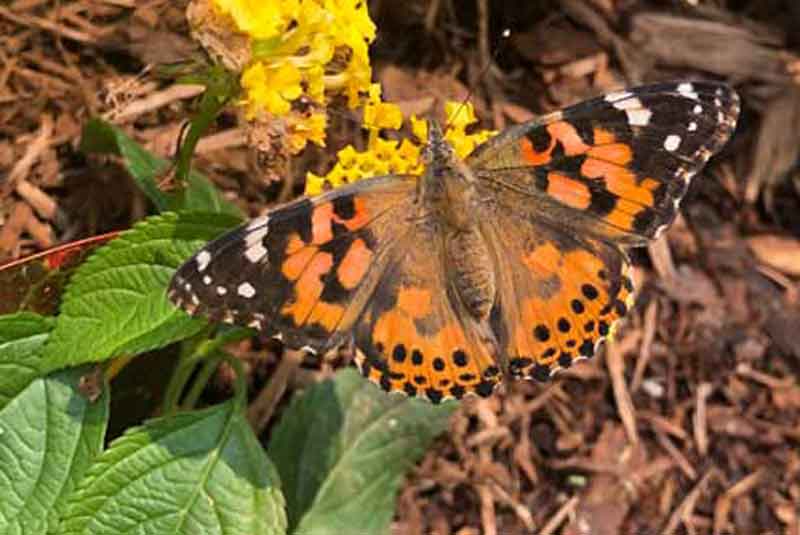

Host plant: Rose mallow and ironweed
PC: Teresa Hilgenberg Riehl
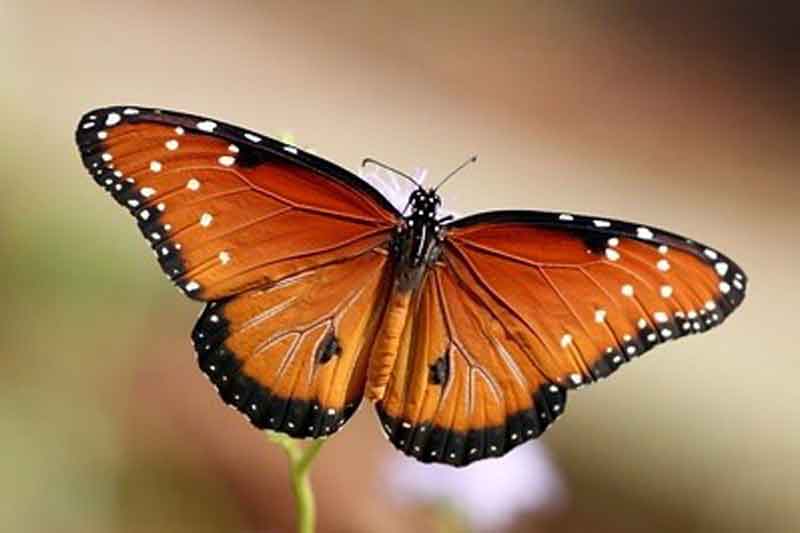

Host plant: Milkweed
PC: TexasEagle Flickr
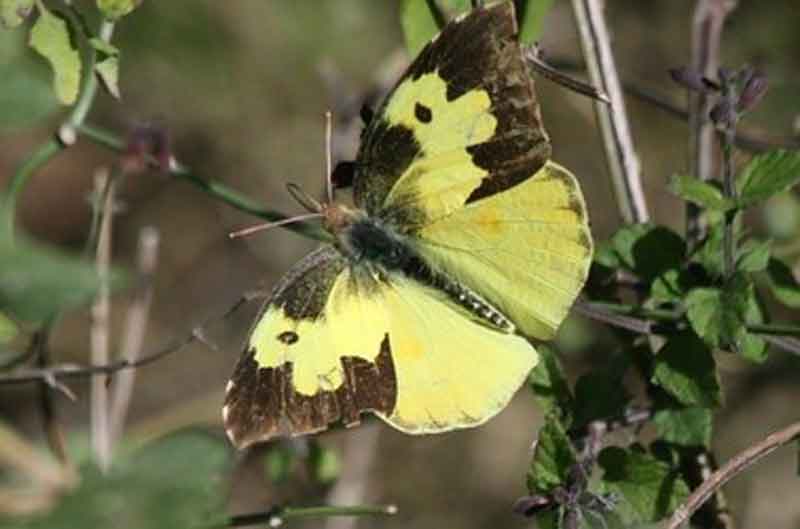

Host plant: Purple prairie clover
PC: Anne Toal Flickr
Other plants that provide food for caterpillars include birch, cherry, dill, hollyhock, hackberry, plum, sweet mockorange, viburnum and willow.
Set up drinking areas.
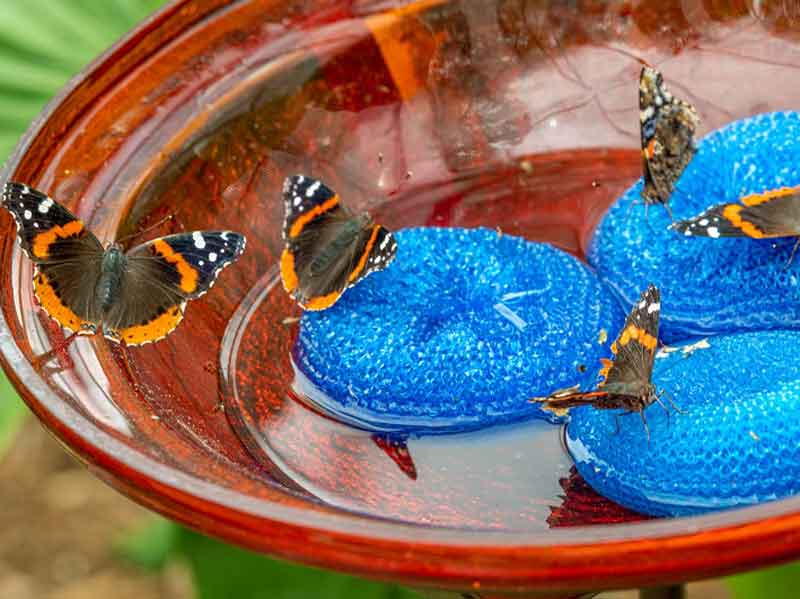

PC: John Oates Photography
Yes, that’s right, we’re talking about butterfly bubblers! Water provides butterflies with minerals, and it also supplements butterflies during their nectar gathering. Shallow pans filled with sand and pebbles, and water barely covering those materials, are good for butterflies. These creatures also occasionally enjoy sipping fruit juice, so you can alternate between that and water.
In our butterfly house at the Garden, we incorporate a similar technique by setting up bowls, such as the one pictured above, that are filled with sugar water and ripe fruit, which are typically very busy with active butterflies.
Now it’s your turn!
Attracting butterflies and giving them refuge in your outdoor spaces is a great way to support this essential pollinator population. Your landscape is bound to become enhanced by beauty, color and thriving life!
Discover more about butterflies and other pollinators by visiting Butterflies & Blooms this summer. Hope to see more butterflies in your own living space? Join the Million Pollinator Garden Challenge and plant your own pollinator paradise with these simple garden designs. You can buy these plants at local nurseries like Stone Silo Prairie Gardens, too!
- Sunny Mix – 8 plants
- Sunny Mix – 16 plants
- Sunny Mix – 32 plants
- Shade Mix – 8 plants
- Shade Mix – 16 plants
- Shade Mix – 32 plants
Sources
